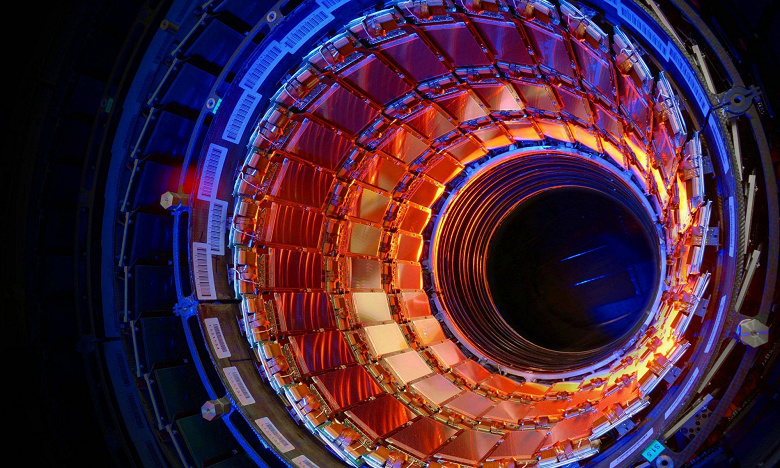Previously, they were registered by completely different methods.
CERN scientists have announced that they have detected neutrinos from the Large Hadron Collider (LHC) for the first time.

A new discovery was made after the transition to the Run 3 phase last summer, when, after a three-year break for the modernization of the installation, it was brought to a maximum energy level of 13.6 TeV.
Neutrinos were detected for the first time at the Large Hadron Collider.
Neutrinos, born directly in the LHC, were detected by the FASER detector, which is designed to search for light and extremely weak interactions. Recall that neutrinos are particles that interact extremely weakly with matter, which makes them extremely difficult to detect. More than 10 11 neutrinos pass through each person every second .
Scientists have been able to detect neutrinos for a long time, but for this they use special massive detectors placed deep underground. At the LHC, this particle was detected for the first time. Experts note that the mechanism of formation of neutrinos in the LHC, as well as their center of mass energy, is the same as that of very high-energy neutrinos formed during collisions of cosmic rays with the atmosphere.




